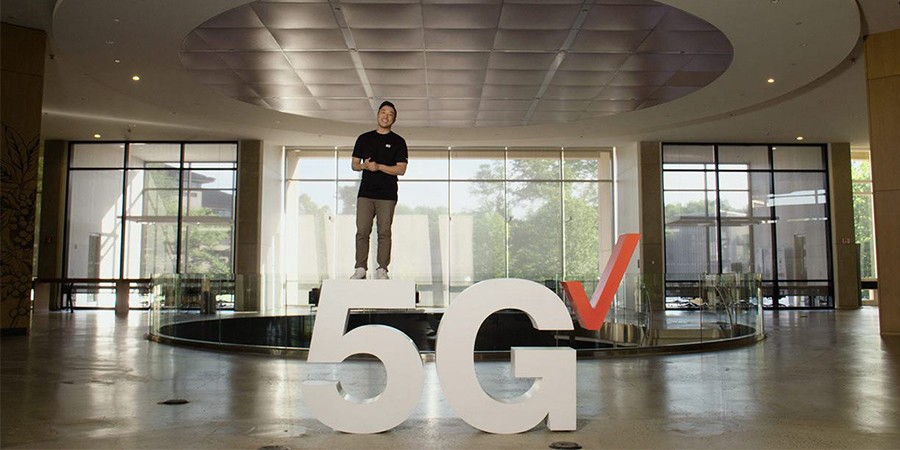Verizon now covers more than 175 million people with their ultra fast, ultra reliable 5G Ultra Wideband service, and will offer nationwide 5G Ultra Wideband in Q1 2023. The ongoing C-Band rollout is a full 13 months ahead of the original schedule, and continues to accelerate. Less than 21 months after announcing the results of the FCC’s C-band auction and after securing early access to an additional 30 markets this year, Verizon accelerated its build plan and surpassed its goal of reaching 175 million people covered by the end of 2022, a month ahead of schedule.
“Our customers don’t stand still and neither does our network. Today, more than one out of every two Americans now have access to 5G Ultra Wideband. We know our customers rely on our service every day and we work for them – continuously enhancing, expanding and improving our wireless network,” said Hans Vestberg, Chairman and CEO of Verizon. “And as proud as I am to have crossed this milestone, I am equally proud of the way we are building our network – with the most advanced technologies, industry leading security, a robust fiber underpinning and a robust and varied spectrum portfolio. We are building this right. We are building this as a platform for innovation for years to come.”
Verizon’s 5G Ultra Wideband brings power and performance comparable to a wired broadband internet connection to customers’ pockets. With download speeds up to one gigabit per second and the capacity to support data-heavy actions, 5G Ultra Wideband frees people up to do things on the go that many could only do before when connected to their home internet service. This includes everything from downloading huge documents and seamlessly streaming movies in HD audio and video, to playing console quality games and conducting video chats, video conferencing and FaceTime calls with clear sound and video.
Verizon customers have much more to look forward to
Verizon will continue to build out its 5G Ultra Wideband network using C-band spectrum providing service for millions more customers in the coming months, but Verizon’s engineers are not losing sight of the other critical components that will give customers the most reliable, secure, and robust experience possible on the Verizon network.
In addition to providing greater coverage, especially in rural and suburban areas, Verizon will also enhance capacity by activating 100 MHz of C-Band spectrum in many markets, a significant step up from the 60 MHz of spectrum available when deployment first began. Once all of its licensed spectrum is made available, Verizon will have up to 200 MHz of C-Band spectrum deployed in many markets, which will provide exceptional speed and capacity.
Complementing the wide coverage of Verizon’s premier C-Band spectrum, Verizon will continue deploying 5G on mmWave spectrum which provides for exponential capacity in areas with significantly dense populations such as venues, stadiums, arenas, airports, major metro areas, office complexes and more. mmWave will also continue to be used for private network deployments when enterprise customers need the fastest, most robust 5G service available for their enterprise applications from wireless manufacturing solutions to connected vehicles to remote healthcare and more.
In addition to making 5G more accessible to more people, Verizon will continue focusing on building out the advanced technologies that provide increased security, reliability and customized experiences for customers. Those advancements include fully deploying the 5G core with Verizon’s proprietary cloud platform built specifically for telco workloads, advancing the fiber network to handle exponential increases in data traffic, continuing massive virtualization of the network to add programmability and flexibility into the network, using artificial intelligence to drive reliability and performance, continuing to develop edge computing capabilities to drive down latency, and continuing to advance antenna configurations to drive speed and efficiency.































